Palmetto Bluff Real Estate Company Sales Office
Office Hours
Monday-Friday 9am - 5pm
Saturday 9am - 4pm
Sunday 12 - 4pm
Saturday 9am - 4pm
Sunday 12 - 4pm
Why should we care about bats?
When people learn what I do, they often ask me, “Why bats?” To which I respond, “Why not bats?” Bats are incredible! There are more than 1,400 species worldwide and 1 out of every 4 mammalian species is a bat. They have a global distribution and can be found on every continent except Antarctica. They have an unbelievable diversity in what they look like, from the smallest bat, the 2-gram bumblebee bat, to the largest, the giant golden-crowned flying fox
with a 6-foot wingspan. They vary in where they live, with some bats roosting in trees, some in caves, and others in tents of their own making! Some bats are loners and prefer their own company while others roost in large colonies that can number in the millions. They play more ecological roles than what we can cover in this post.

If we want to focus our discussion of the part bats play in ecosystems solely on the foods they eat, we will see that in this aspect of their life alone they are extremely diverse. Bats as a group have a varied diet. Frogs, salamanders, fish, scorpions, spiders, insects, blood, nectar, pollen, fruit, birds, and even other bats are all on the menu for this mammalian order.
There are many bats around the world that eat fruit. Because these bats can travel long distances within a night, can cross habitat boundaries, and defecate while in flight, they are unparalleled in their ability to disperse seeds over large geographic areas. This makes them paramount in maintaining tree biodiversity in tropical rainforests. These same skills make fruit bats vital in reforesting areas that have been deforested.
Bats that drink nectar pollinate over 500 species of plants, including baobabs, bananas, mangoes, saguaro cactus, and guava. The coevolution of bat and flower has shaped what nectar bats and the flowers that attract them look like. Many of the flowers that bats pollinate are of agricultural significance to us, including agave – the source of tequila. Through pollination, bats provide a means to keep agave genetically diverse and more resistant to disease. Quite simply, without bats, we would not have healthy agave or many other economically important fruits.

While bats as a group are diverse in the foods they consume, the majority of bats (about 70%) eat insects. Bats have extremely fast metabolisms and eat large quantities of insects each night. They are the only major predator of night-flying insects and are particularly fond of moths and beetles, insects that can be pests at some point of their life cycle. A recent study showed that bats eradicate more pests than birds at cacao farms in Indonesia, providing an economic boon for Indonesian chocolate growers worth roughly $780 million each year. In the United States, the voracious appetite of insect-eating bats provides a free pesticide service to the US agriculture industry – a service with an estimated annual price tag of $23 billion. You read that right: $23 billion.
Why should we care about bats? I could list a myriad of reasons. Bats play many vital ecological roles. Their global ecological significance is astounding. They provide us with quantifiable economic services. Bats have personalities. They are curious. But most of all, they have an intrinsic right to exist
– just like us. Globally, their populations are in decline, largely due to our
activities. To save them, we need to care about them. Last month, I discussed some negative stereotypes about bats. Let us shift our mindset of bats from one of fear and misunderstanding to one that lauds their beneficial traits. If you want to help bats, be an advocate and spread the word! The South Carolina Bat Working Group is always looking for volunteers to help with fieldwork and outreach. Contact Lydia Moore at lmoore@pbconservancy.org to learn more.
Hopefully, I have convinced you that bats are worth our attention. Next month we will discuss some threats bats are facing and what you can do to help.

Warm, fragrant, and deeply comforting, Chef Beth’s Southern Sausage & Sage Stuffing is a holiday classic that brings together rich pork sausage, fresh herbs, and toasted bread for the ultimate savory side dish. Studded with green apples and aromatic vegeta...
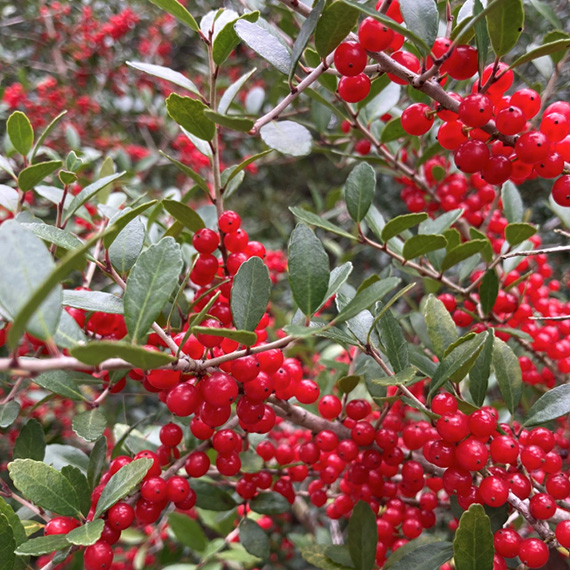
As December settles over Palmetto Bluff, it brings softer light, cooler mornings, and the natural beauty of native evergreens and winter berries that define the Lowcountry landscape. Palmetto Bluff Conservancy’s Education and Outreach Manager, Aaron Palmier...
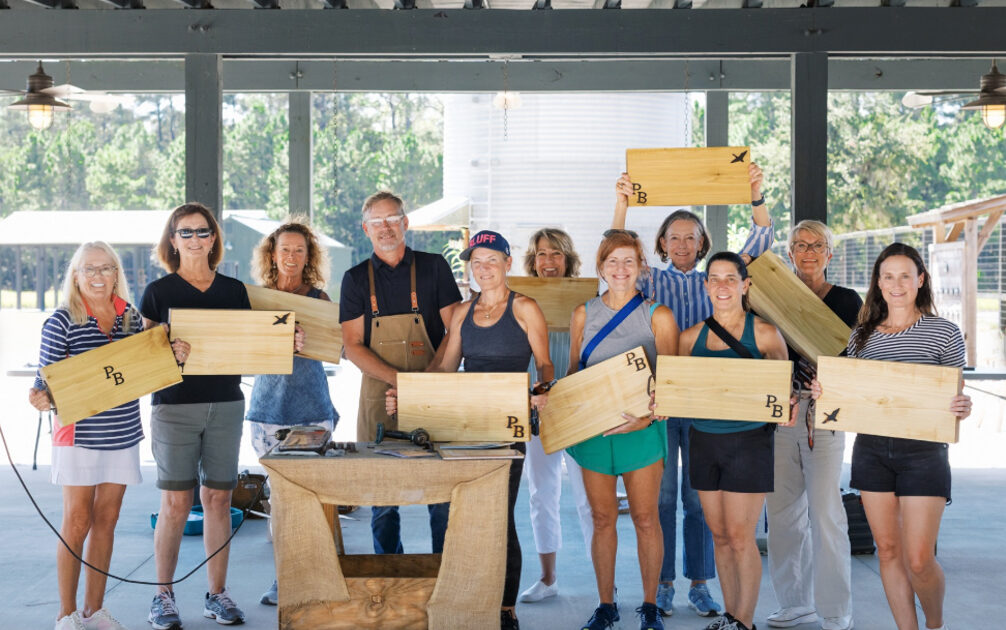
In 2025, Palmetto Bluff welcomed new neighbors and old friends, groundbreakings, and long-awaited openings. From inspired Club gatherings and elevated programming to the creation of our latest golf course, the year was defined by connection and excitement for ...
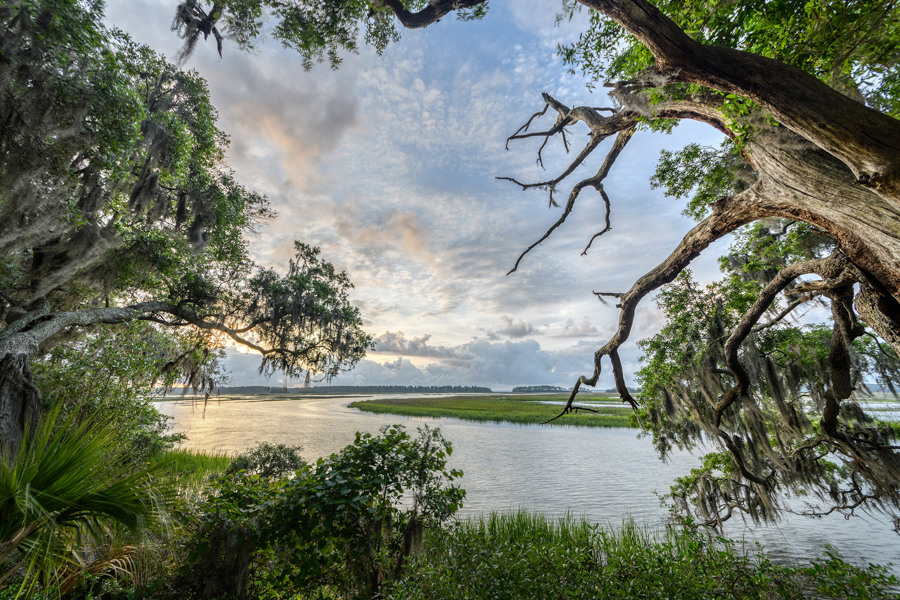
There is something serene about waking up to shimmering water, the stillness of the woods, or the sweep of marsh and sky right outside your window. Even without stepping outside, science shows that simply seeing nature from home can meaningfully improve mental...
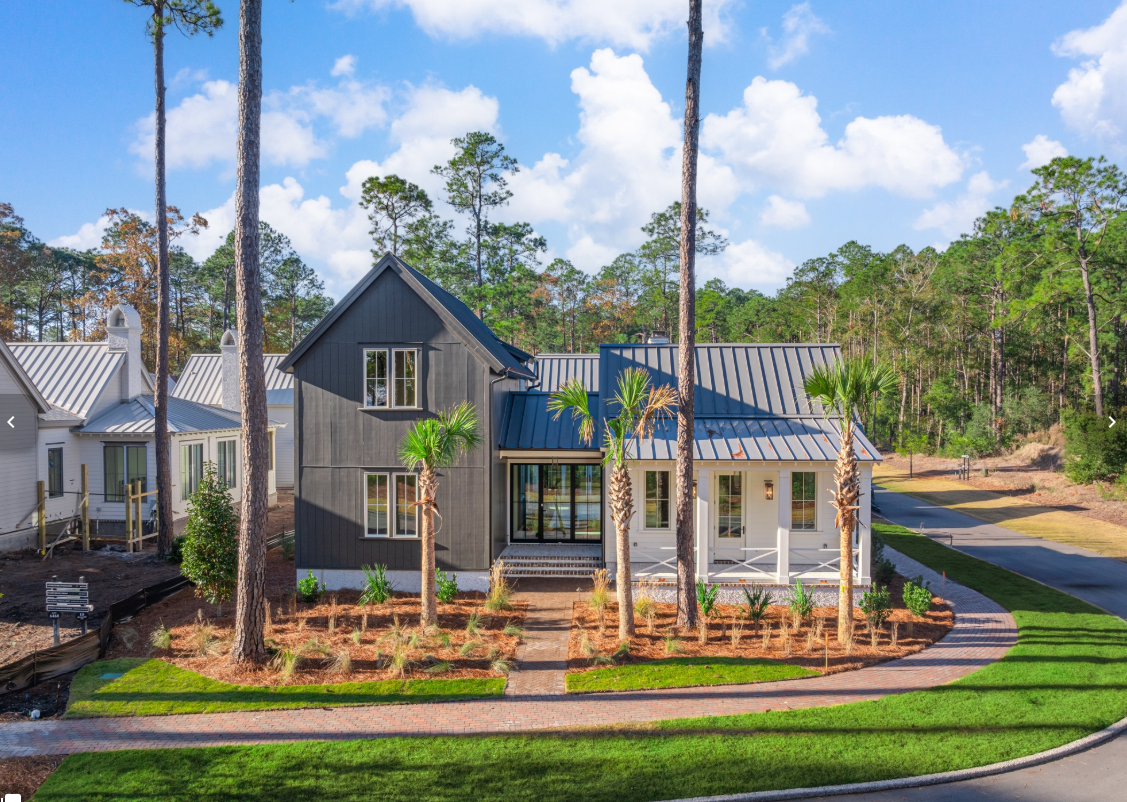
The Ultimate Choice: Building vs Buying a Home in Palmetto Bluff For those searching for Palmetto Bluff homes for sale, this common question often arises: Should you choose an existing residence, or embrace the opportunity to build your own? While a complet...
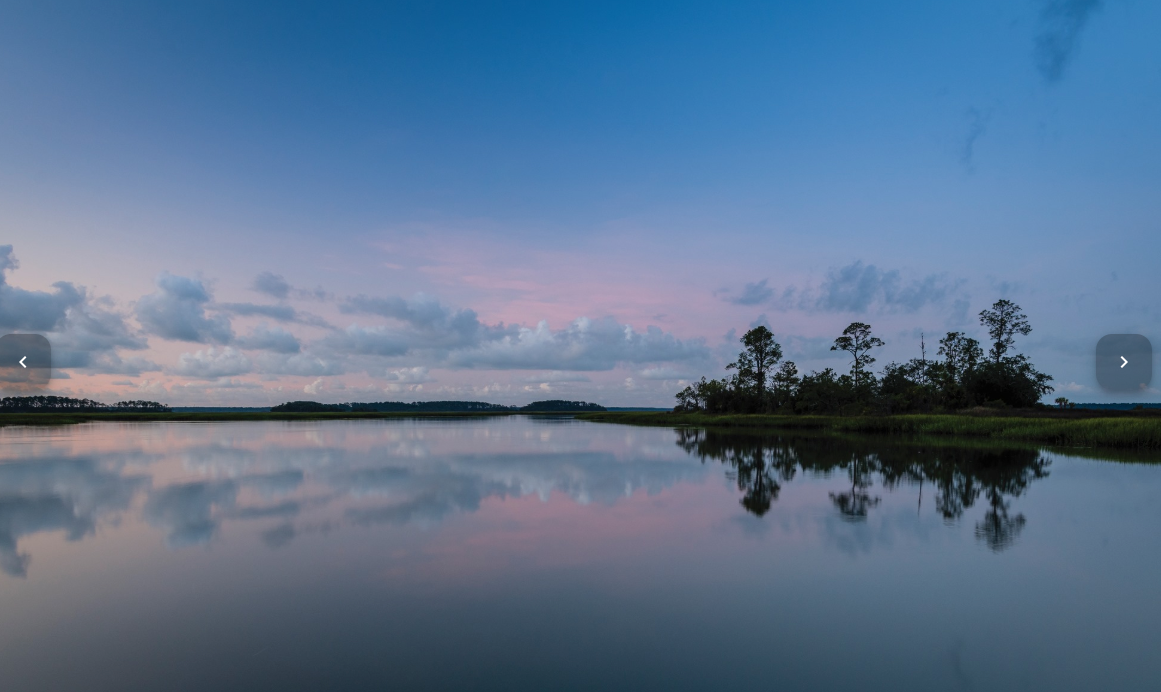
A Complete Guide to South Carolina Winter at Palmetto Bluff South Carolina's winter is unlike any other on the East Coast. While many travelers search for “South Carolina winter” expecting cooler temperatures and limited outdoor options, the Lowcountry revea...
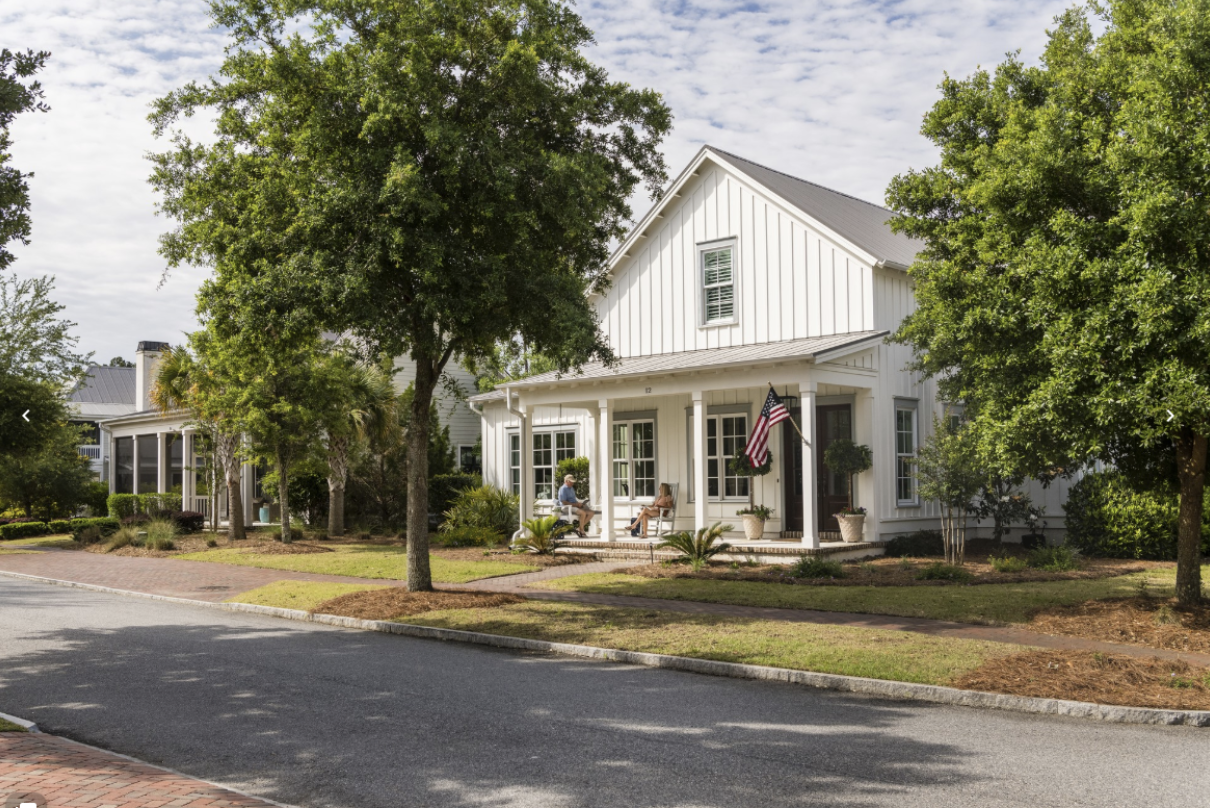
River Road: Where Lowcountry Beauty Meets Elevated Everyday Living Tucked gracefully between Wilson Village and Moreland Village, River Road is one of Palmetto Bluff’s most immersive communities. It's where the pace of life seems to soften, classic Southern ...
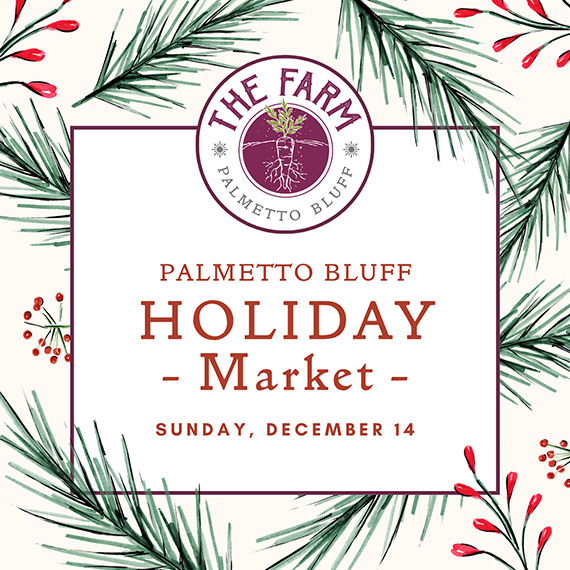
Sunday, December 14 | 9am to 1pmVillage GreenThe season’s most festive farmers market, the Holiday Farmers Market, comes to Wilson Village on Sunday, December 14, from 9am to 1pm. All are welcome to visit and experience the magic of holidays at the Bluff. The ...

Tucked amid whispering pines and overlooking a tranquil water trail, 11 Lyonia Street is where Lowcountry charm meets modern artistry. The newly built residence redefines Southern living with a balance of craftsmanship and calm. This is a home that feels both ...
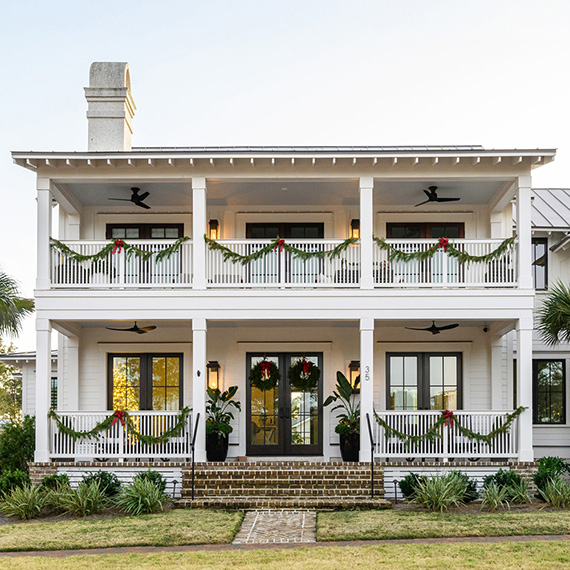
The holiday season in the Lowcountry brings crisp air, oaks draped in twinkling lights, and laughter drifting from homes where families and friends gather once again. At Palmetto Bluff, the holidays are more than just a season; they’re a feeling of togethernes...
Learn about the Palmetto Bluff Conservancy and how we keep the vision of our land in place.
On land or water, there is an ever-evolving variety of activities.
We do not attempt to independently verify the currency, completeness, accuracy or authenticity of the data contained herein. All area measurements and calculations are approximate and should be independently verified. Data may be subject to transcription and transmission errors. Accordingly, the data is provided on an “as is” “as available” basis only and may not reflect all real estate activity in the market”. © [2023] REsides, Inc. All rights reserved. Certain information contained herein is derived from information, which is the licensed property of, and copyrighted by, REsides, Inc.